Aluminum and anodized aluminum are related materials, but they have some distinct differences. Here’s a breakdown of their characteristics:
- Te faanahoraa: Both aluminum and anodized aluminum are made primarily of the same base metal, e aluminum (chemical symbol Al). Aluminum is a lightweight, silver-colored metal known for its high strength-to-weight ratio.
- Te faaotiraa i te mau mea atoa: The main difference between aluminum and anodized aluminum lies in their surface finishes. Standard aluminum has a naturally occurring oxide layer on its surface, which provides some level of corrosion resistance. Tera râ,, this oxide layer is thin and not very durable.
Anodized aluminum, i te tahi pae, undergoes an electrochemical process called anodization, in which a thicker and more robust layer of aluminum oxide is formed on the surface of the metal. This anodized layer can be dyed in various colors and provides improved corrosion resistance, increased hardness, and enhanced durability.
- Appearance: Standard aluminum typically has a silver or gray appearance. In contrast, anodized aluminum can have a range of colors, depending on the dye used during the anodization process. The anodized layer can also be left clear or treated to give a metallic or matte finish.
- Durability: Anodized aluminum is generally more durable and resistant to wear and corrosion compared to standard aluminum. The anodized layer acts as a protective barrier, making the material less prone to scratching, chipping, or fading. It also enhances the material’s resistance to chemicals and improves its overall lifespan.
- Te mau faaohiparaa: Standard aluminum is used in a wide variety of applications, including construction, Te mau mana'o tauturu no te (such as aircraft and automotive parts), Te mau nota, household items, and more. Anodized aluminum is commonly employed in architectural projects, consumer products (like appliances and electronics), signage, decorative items, and other applications that require a combination of aesthetics and durability.
It’s worth noting that while anodized aluminum offers several advantages over standard aluminum, it is also slightly more expensive due to the additional manufacturing process involved in creating the anodized layer.
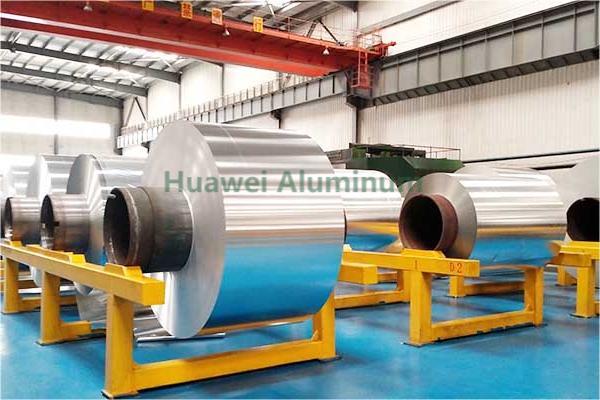
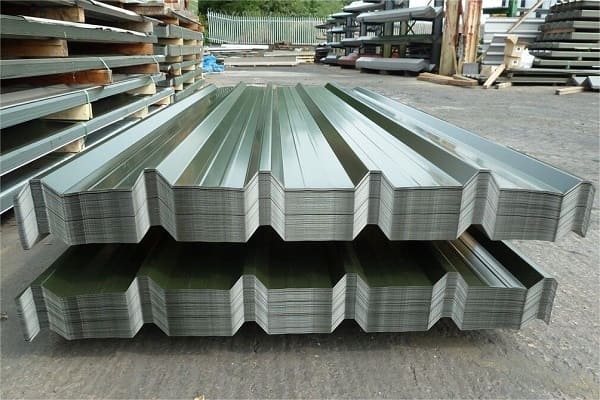

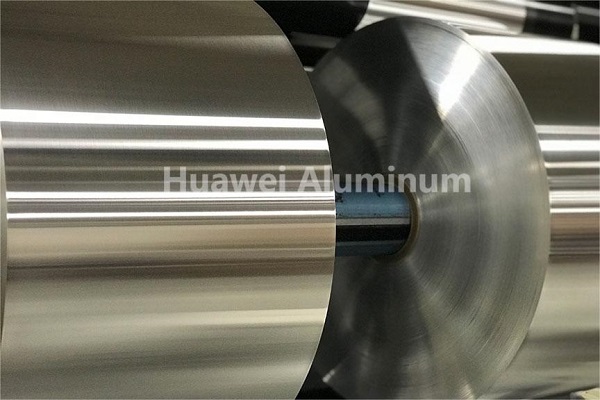
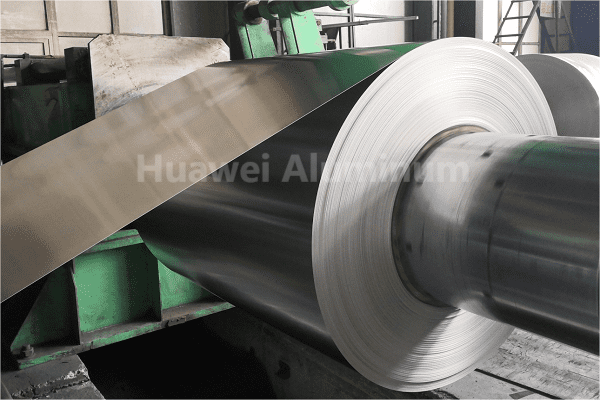
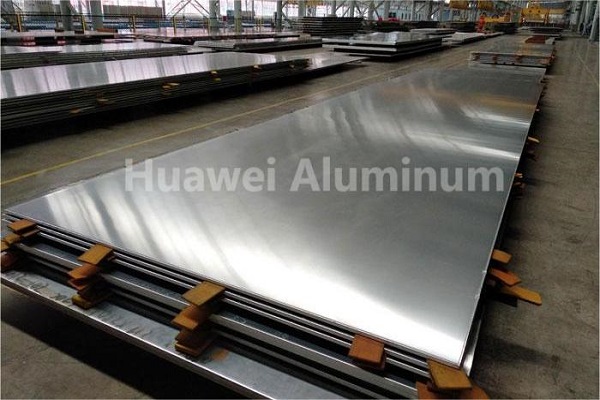



A vaiiho i te hoê pahonoraa